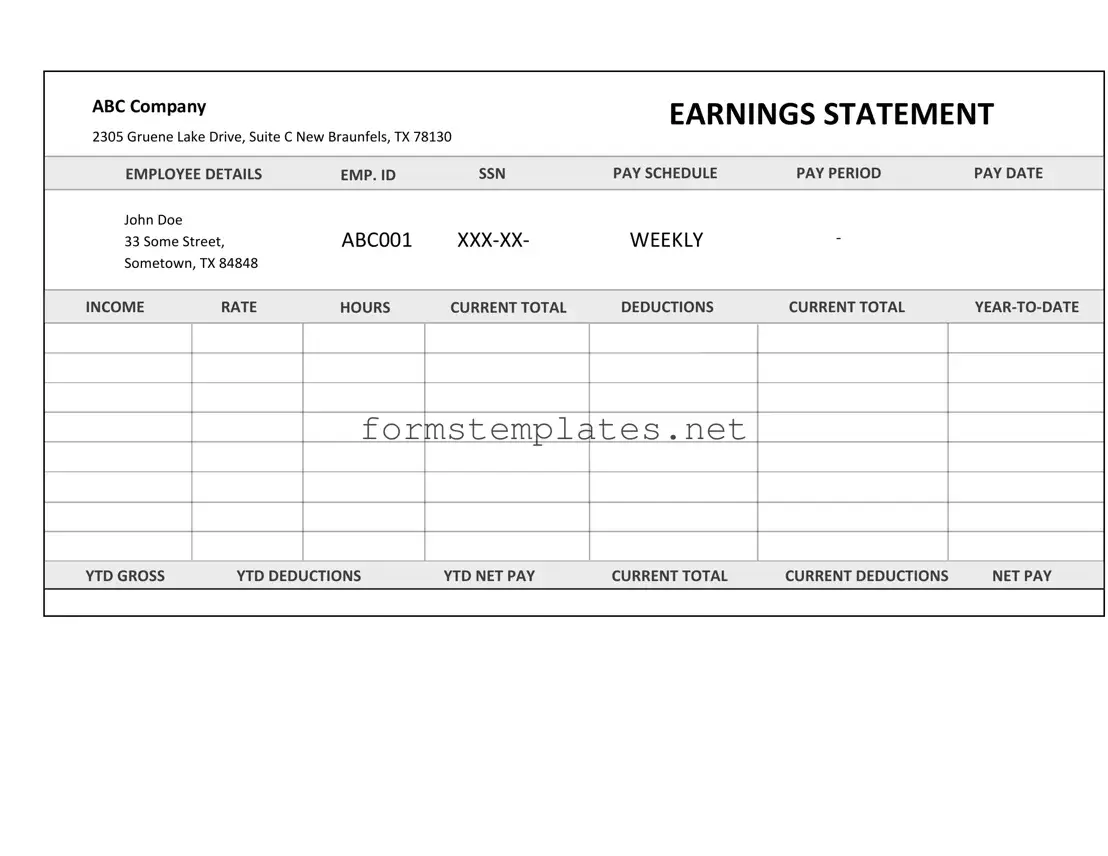Free Independent Contractor Pay Stub Template
The Independent Contractor Pay Stub form is a document that outlines the earnings and deductions for independent contractors. This form serves as a record of payment, helping contractors keep track of their income and ensuring transparency in financial transactions. Understanding how to use this form can simplify tax reporting and improve financial management for freelancers and contractors alike.
Open Editor Now
